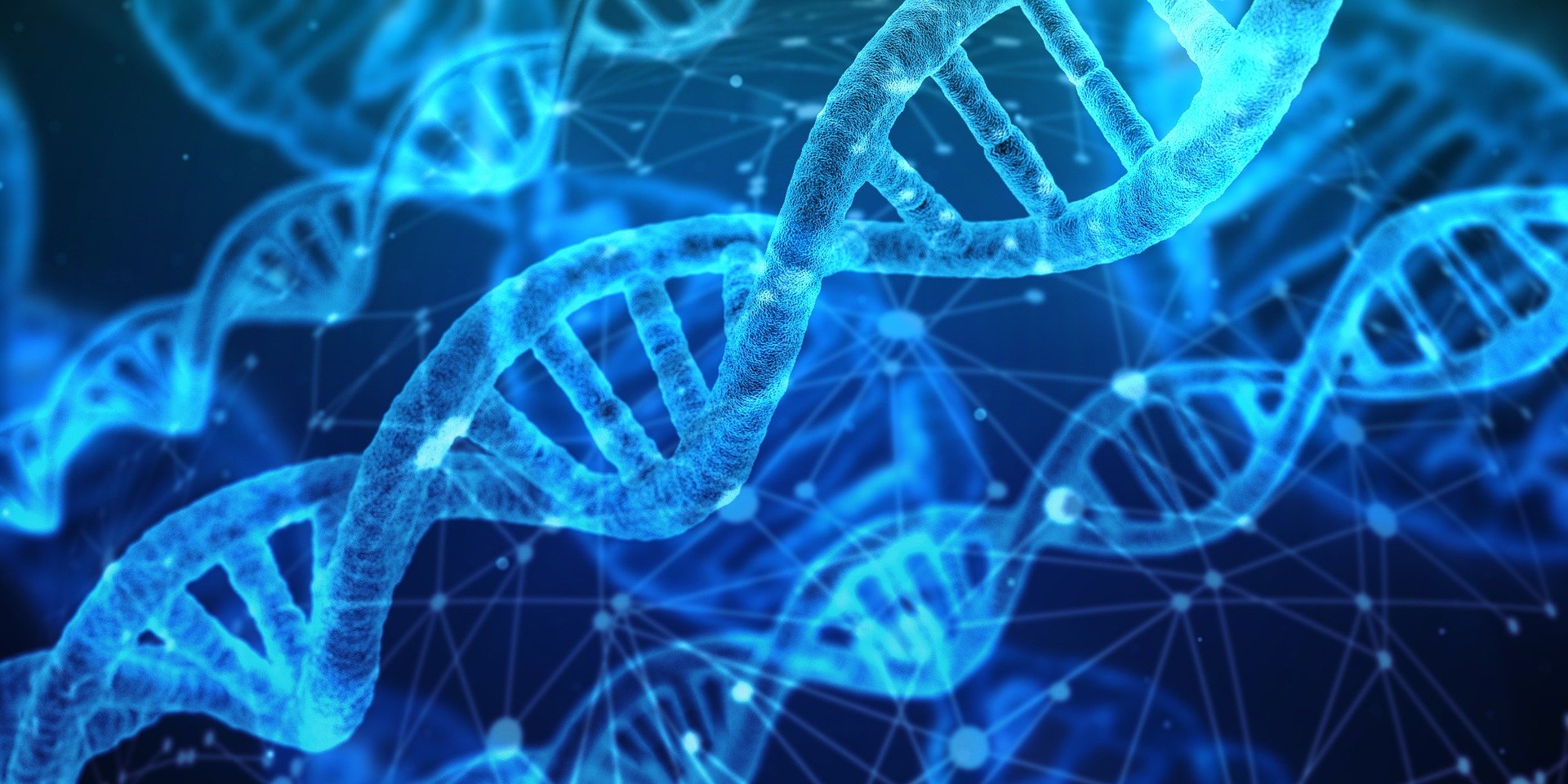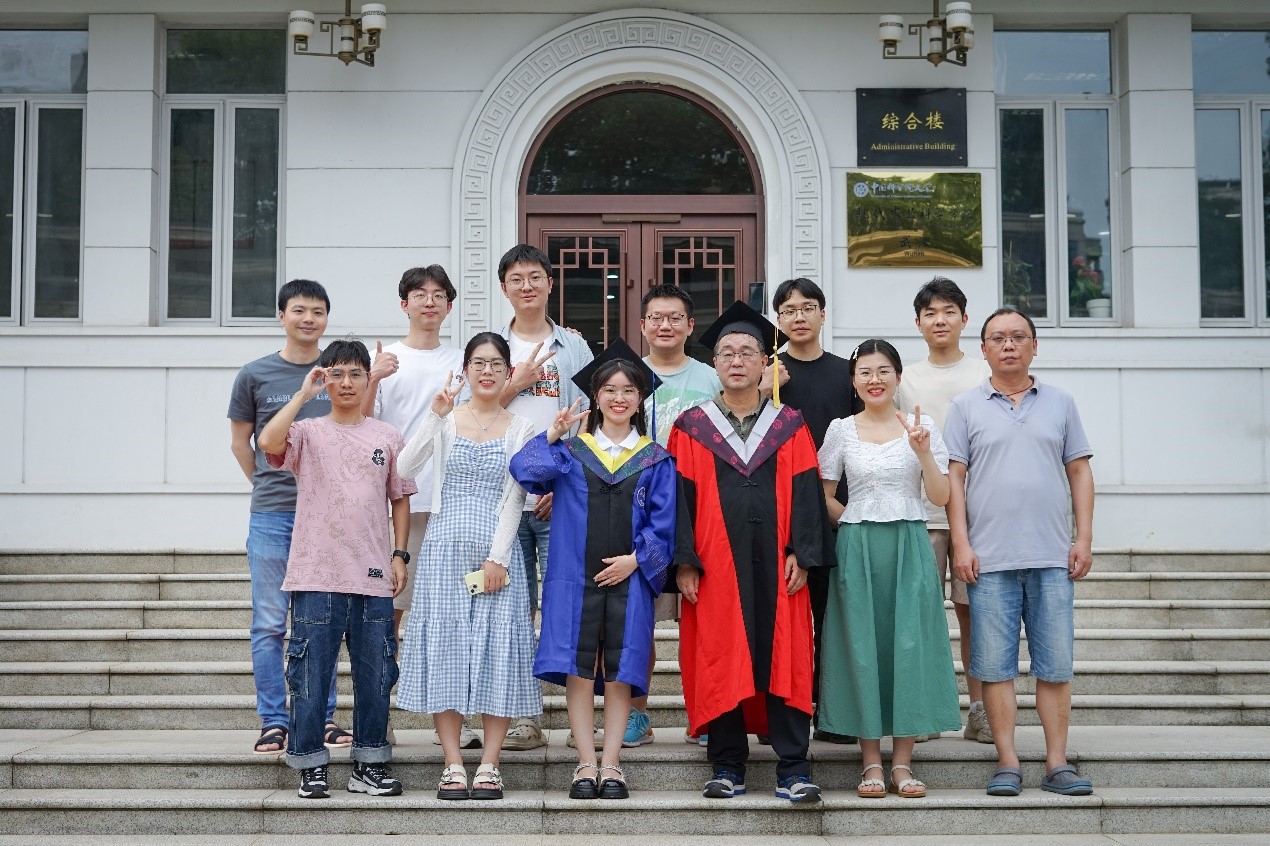
Centers
Research Group on Water-Environmental Nanotechnology
PI: Prof. FANG Tao, PhD
Group Members:
Associate Prof.: BAO Shaopan
Engineer: TANG Wei
PhD students: XIANG Dongfang, XIAN Bo, RAO Chenyang, WU Yundong, CHU Fuhao,
Postgraduate students: LIU Xiaying, FANG Fang, XIANG Xiaowei, DENG Xingkang, HU Qing
Contact Us:
Tel: 86-27-68780995
Email: fangt@ihb.ac.cn

General Introduction:
The Research Group of Water-Environmental Nanotechnology mainly focuses on the synthesis and application of nanomaterials in aquatic environments, the environmental behavior and impact of nanomaterials, and the eco-remediation of polluted waters.
In recent years, this group has been carrying on many projects supported by the Major Science and Technology Program for Water Pollution Control and Treatment, the National Key Research and Development Project, the National Natural Science Foundation of China, and other projects commissioned by Chinese Academy of Sciences, regional governments and enterprises.
Current research interests:
* The application of nanotechnology and nanomaterials in polluted water treatment;
* The fates and toxicities of emerging pollutants in the aquatic environment;
* Ecological treatment technologies on sewage, wastewater and contaminated water.
Selected Publications for the past five years:
1) Rao, C., Chu, F., Fang, F., Xiang, D., Xian, B., Liu, X., ... & Fang, T. (2024). Toxic effects and comparison of common amino antioxidants (AAOs) in the environment on zebrafish: A comprehensive analysis based on cells, embryos, and adult fish. Science of The Total Environment, 924, 171678.
2) Bao, S., Yi, J., Xian, B., Rao, C., Xiang, D., Tang, W., & Fang, T. (2024). Global analysis of the adverse effects of micro- and nanoplastics on intestinal health and microbiota of fish. Journal of Hazardous Materials, 470, 134157.
3) Rao, C., Liu, X., Xue, L., Xiang, D., Xian, B., Chu, F., ... & Fang, T. (2024). Determining the spatiotemporal variation, sources, and ecological processes of antibiotic resistance genes in a typical lake of the middle reaches of the Yangtze River. Science of The Total Environment, 907, 167779.
4) Bao, S., Xue, L., Xiang, D., Xian, B., Tang, W., & Fang, T. (2023). Silver nanoparticles alter the bacterial assembly and antibiotic resistome in biofilm during colonization. Environmental Science: Nano, 10(2), 656-671.
5) Xu, J., Bao, S., Xiang, D., Xue, L., Tang, W., & Fang, T. (2023). Effects of silver nanoparticles on denitrification and anammox in sediments of hypertrophic and mesotrophic lakes. Science of The Total Environment, 858, 159933.
6) Wang, T., Xue, L., Liu, Y., Fang, T., Zhang, L., & Xing, B. (2022). Insight into the significant contribution of intrinsic defects of carbon-based materials for the efficient removal of tetracycline antibiotics. Chemical Engineering Journal, 435, 134822.
7) Wang, T., Xue, L., Liu, Y., Fang, T., Zhang, L., & Xing, B. (2022). Ring defects-rich and pyridinic N-doped graphene aerogel as floating adsorbent for efficient removal of tetracycline: Evidence from NEXAFS measurements and theoretical calculations. Journal of Hazardous Materials, 435, 128940.
8) Zhang, W., Song, K., Ding, R., Han, H., Yao, L., Ji, M., ... & Fang, T. (2021). Role of polystyrene microplastics in sunlight-mediated transformation of silver in aquatic environments: Mechanisms, kinetics and toxicity. Journal of Hazardous Materials, 419, 126429.
9) Liu, X., Huang, M., Bao, S., Tang, W., & Fang, T. (2020). Nitrate removal from low carbon-to-nitrogen ratio wastewater by combining iron-based chemical reduction and autotrophic denitrification. Bioresource technology, 301, 122731.
10) Bao, S., Huang, M., Tang, W., Wang, T., Xu, J., & Fang, T. (2020). Opposite effects of the earthworm Eisenia fetida on the bioavailability of Zn in soils amended with ZnO and ZnS nanoparticles. Environmental Pollution, 260, 114045.